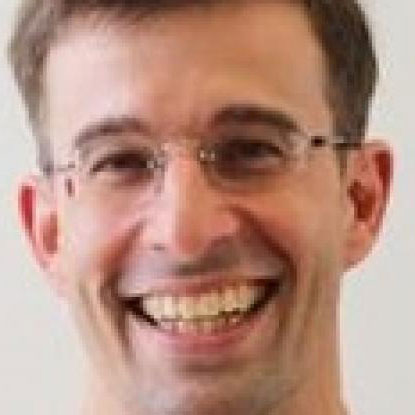About Mark Homer
Ph.D. Advisor: Leigh Hochberg
First Position after Graduation: Master's Student (Biomedical Informatics)
Current Position: Director of Machine Learning and Informatics at Aetna
Would you mind introducing yourself and telling me a little bit about your background before Brown?
My name is Mark Homer, and I went to MIT for a Bachelor’s and a Master’s in Mechanical Engineering, but got really interested in operations research, algorithms and modeling of complex systems. After that I worked in the aerospace and tech industries writing control software for bioreactors and Mars landers. It was a lot of fun. I worked with algorithms and software that automatically guided and controlled the spacecraft. I also worked on unmanned drones and then some point mid-career got a chance to work on projects to analyze medical data. We were trying to recognize someone using their EKG, almost like a fingerprint. I wanted to go further so I got introduced to Leigh Hochberg and BrainGate [at Brown] and it seemed like a good fit. During my Ph.D., I decoded brain signals to try and figure out what people were thinking, so even if they can’t move their arms, their brain signals can indicate that’s what they want to do.
You studied BME at Brown for your Ph.D. Can you tell me a little bit about that experience and why you chose Brown?
Brown is strong in computer science and applied math, and my interest was to take my understanding of algorithms and artificial intelligence even further, so it seemed like a good place for that. But whenever you do that it’s very important to have a domain and a phenomena you study, so I found the idea of studying brain waves to be very fascinating. That’s what Leigh’s lab was doing, and the lab was doing it with people with brain stem stroke. I had the responsibility to create study protocols so that you could run these experiments with these people. That was very hands-on as well, which was very exciting. It wasn’t just the theoretical computer science, but working with real people. When you connected speakers to the instruments measuring their brain waves you could actually hear the individual neurons fire, so that was very memorable and very meaningful.
